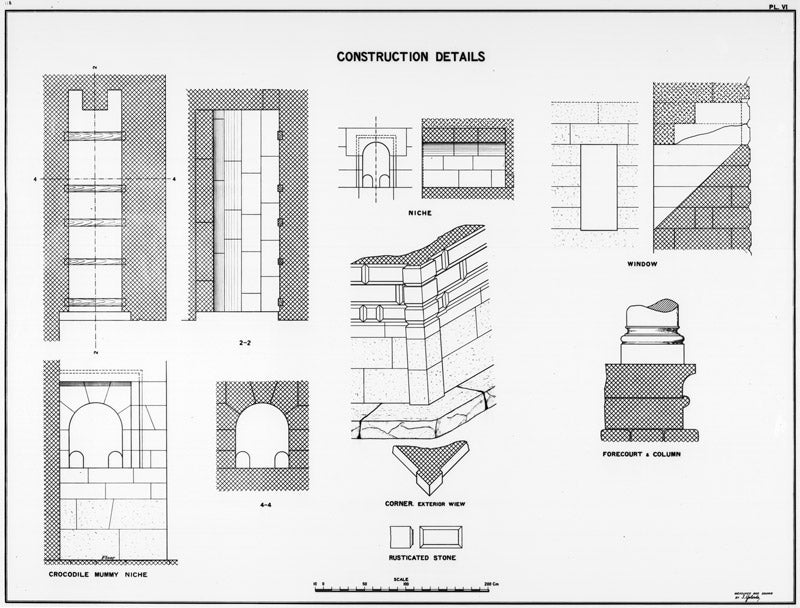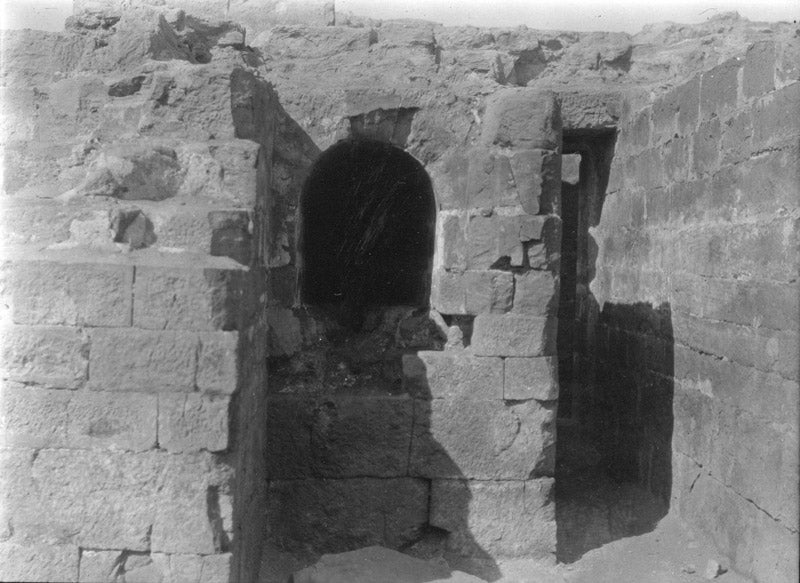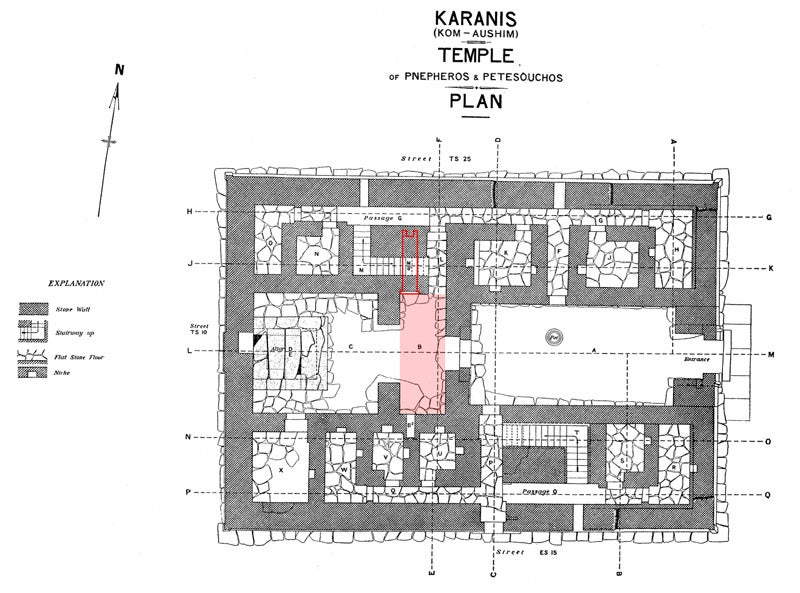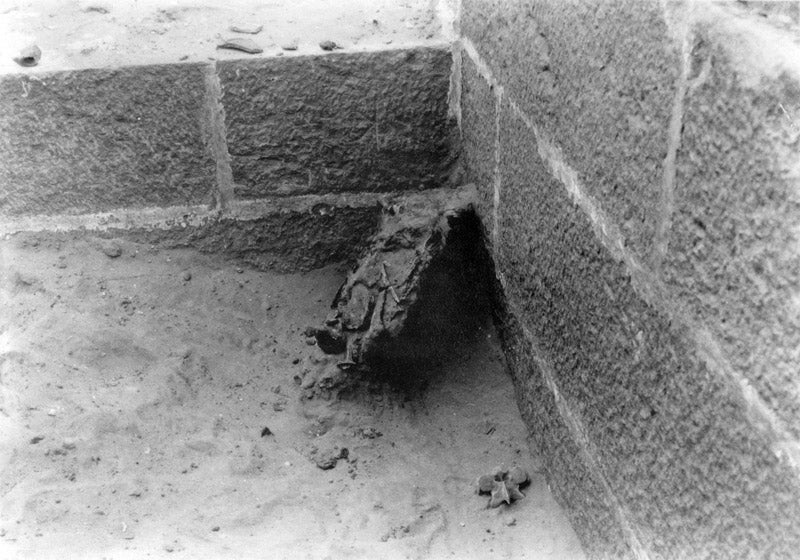By Sebastián Encina, Collections Manager
In 2018, a Registry intern worked with the archives to help assess materials and devise a plan for organization and some culling. As this intern had not previously worked with archival materials, they were encouraged to seek out the expertise of our colleagues at the Bentley Historical Library, the University of Michigan’s primary historical repository. Bentley archivist Aprille McKay advised our intern about plans for organization and creating a finding aid, and provided suggestions for disposing of non-essential or duplicated materials. At the end of the semester, the intern wrote a report along with recommendations, which the Kelsey will implement.
The Kelsey is very appreciative of Aprille’s insights into handling archival materials and archives in general. In addition to these, Aprille also brought the Kelsey gifts. In the 1990s, when Newberry Hall was undergoing renovations, we sent archival materials, including maps and photographs from the site of Karanis, Egypt, to the Bentley for safekeeping. Aprille returned these materials to us in 2018, and we’re still inventorying them to determine how to incorporate them back into our collections.
This semester, a new intern is working with the Karanis materials, and they found an image that shows a feature in a temple wall labeled “crocodile mummy niche” (fig. 1). This excited them, and they wanted to learn more, which is why this exciting discovery is this month’s “From the Archives.”

Two temples survive at Karanis, the South Temple, which we know from an inscription was dedicated to the crocodile gods Pnepheros and Petesouchos, and the poorly preserved North Temple. The image above shows construction details of the “crocodile niche” found in an inner room of the South Temple (figs. 2 and 3). Scholars think that a crocodile mummy on a bier would have been placed in this niche. While no crocodile mummies were found in the ruins of the South Temple, crocodile bones were found in both the inner shrine (room C) and the room south of the shrine (room X) (Ali 2013, p. 50).


Below is a photograph of a partial crocodile mummy resting against a stone wall of the inner sanctuary of the North Temple (fig. 4). This image is the only specific record of crocodile mummies at the site of the North Temple at Karanis, although the excavators noted the discovery of “a number of crocodile mummies” to the southwest of the temple (Boak 1933, p. 13). However, the record of objects, the list of every item found at Karanis by the University of Michigan expedition (1924–1935), does not list any crocodile mummies.
We do not know where this particular mummy wound up. It likely it went to the Cairo Museum in the division of finds, but this is by no means certain. Its location remains a mystery.

* * * * *
Read more about the Egyptian cult of the crocodile in the chapter “The Temples and the Gods,” in Karanis: An Egyptian Town in Roman Times, by Elaine K. Gazda (2nd ed., 2004). An abridged version of this chapter, without illustrations, is available here.
References
Ali 2013 = Ali, Aida Akbar. “Karanis Crocodiles: The Egyptian Crocodile Cult at Roman Karanis.” Bachelor’s honors thesis, University of Michigan, 2013.
Boak 1933 = Boak, Arthur E. R. Karanis: The Temples, Coin Hoards, Botanical and Zoölogical Reports, Seasons 1924–31. University of Michigan Studies, Humanistic Series 30. Ann Arbor: University of Michigan Press, 1933.



